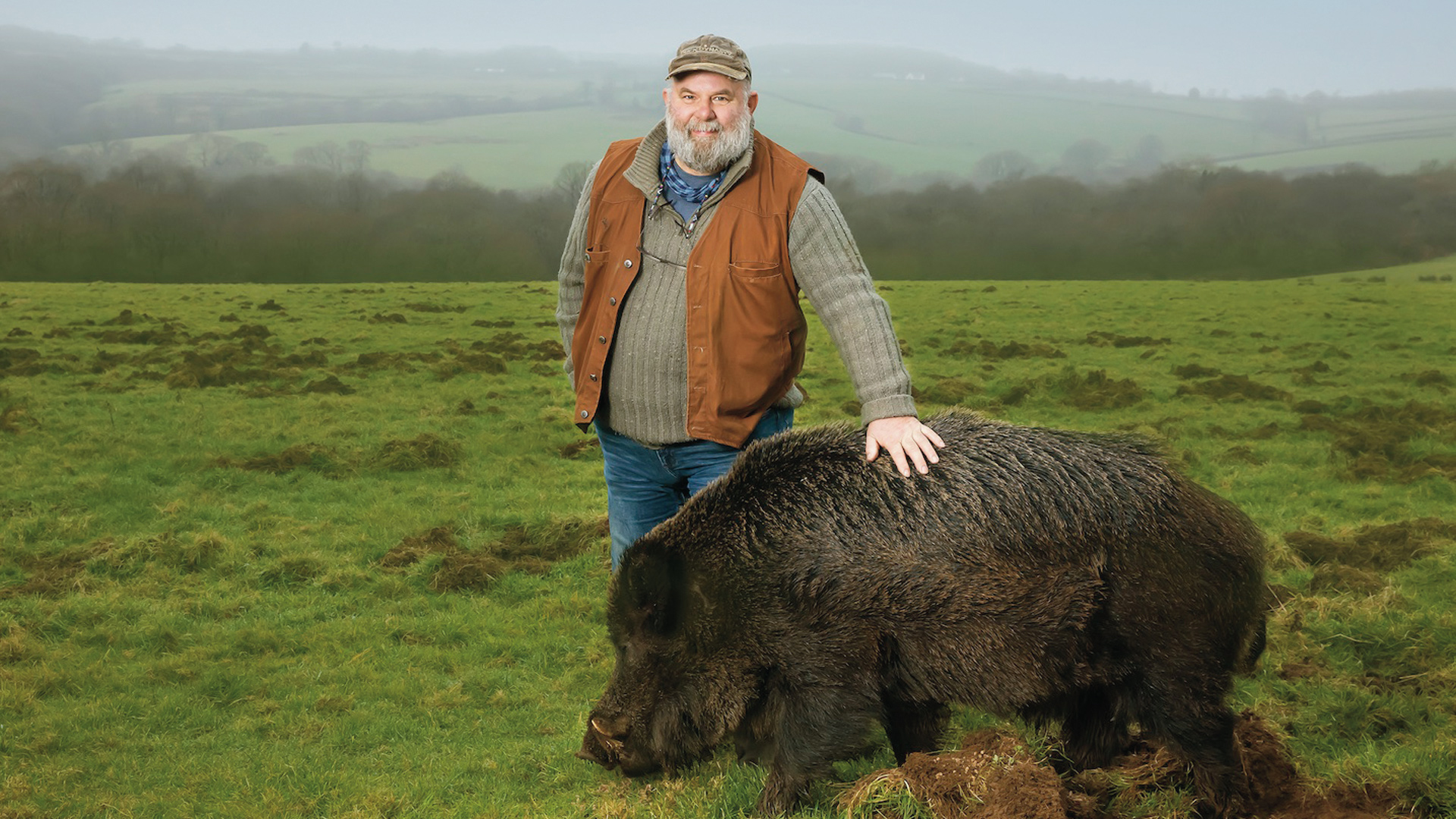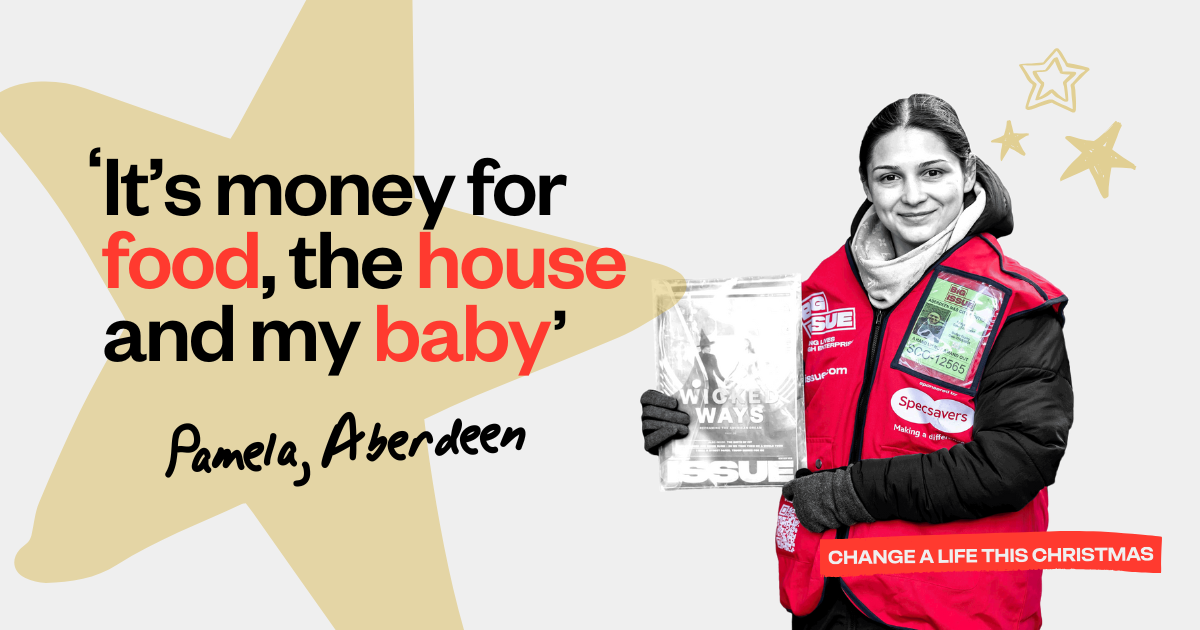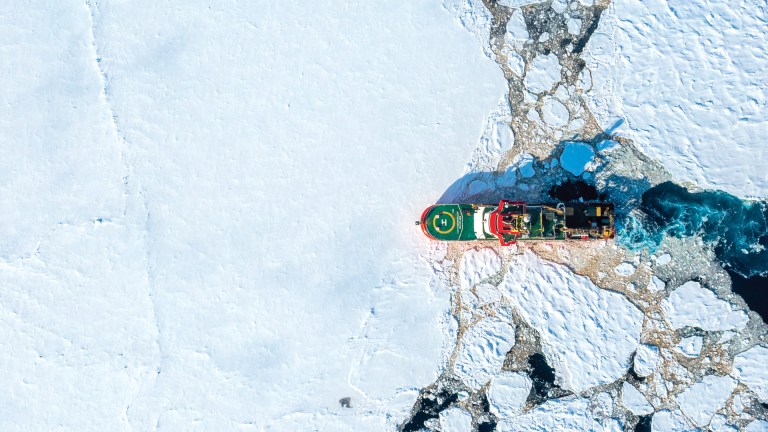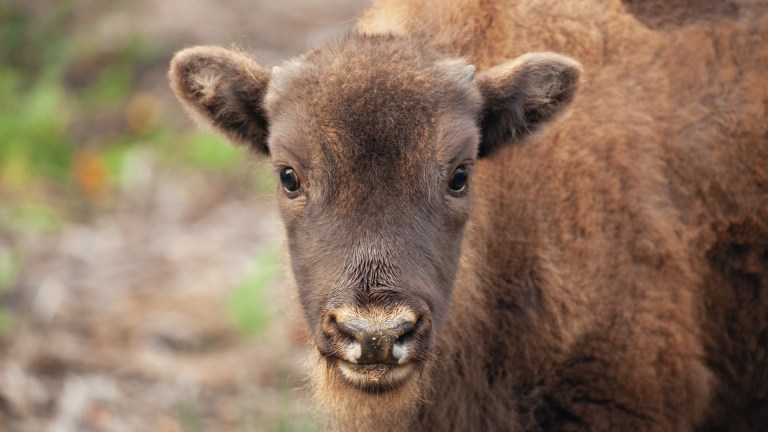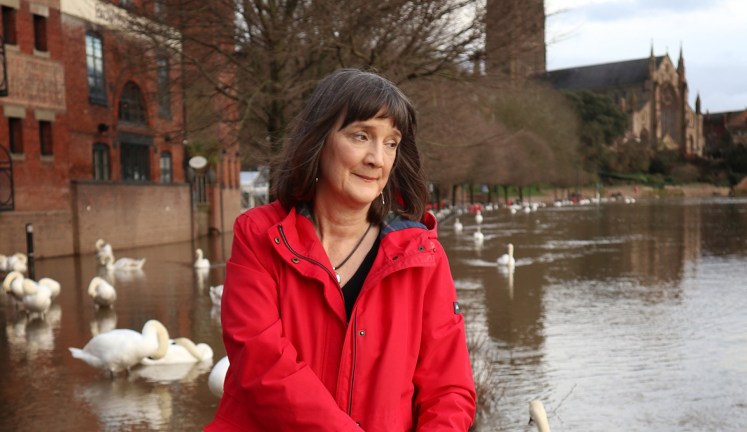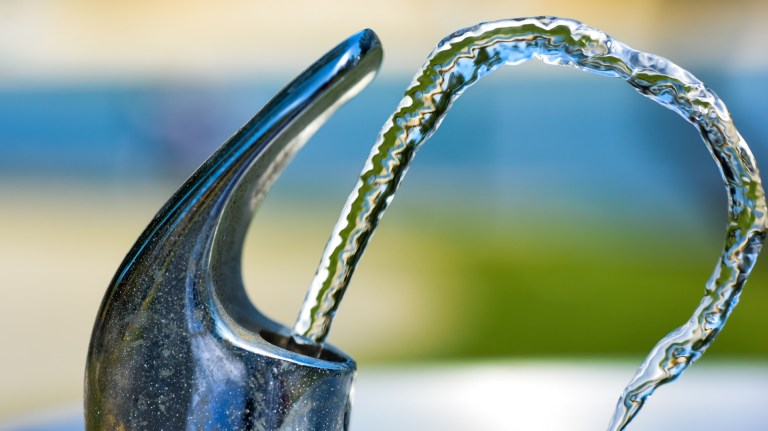You’ve got many flowers, many insects. This year, for the first time on our land, marbled white butterflies appeared.
My favourite animals are the beavers. Starting from about 15 years ago, they’re right through all the watercourses around us now. They’re the architects of nature. They make the ponds and pools for the frogs over time, as their hold on the land is consolidated.
With some animals, sometimes you only see the scat. If you’re looking at a wild pig, you’ll see a wallow that they’ve dug and used overnight. There are a lot of red deer tracks, but we very seldom see them. Occasionally in the evening, if you’re out just before the light declines, there’ll be a big stag feeding on our next-door neighbour’s silage field, which turns around, looks at you in a lordly fashion and jumps back into the woodland.
Trail cameras are a good way of following what there is. We set a series of cameras on one of the paths about a month ago. There’s what you’d expect, you know, a whole herd of Red Deer, maybe 17 hinds and their fawns working their way through the woodland, then right at the top of the hill, where you’d least expect them, a family of otters chasing each other along the path through the glade. The landscape is still capable of delivering surprises. What we have to do is give it a hand to find its way.
What we’re trying to do is just push on with things. In time of ecological collapse and crisis, there are so many organisations, so many people, that just talk and are still talking about the same thing 10 years on.
Sometimes I’m on site visits as a rewilding consultant, be they building projects or finding out whether the landscape is suitable for the recovery of a certain species. Next week, I’m over in the Fenlands with a bunch of people from the Netherlands who are looking to run a reintroduction project for the Dalmatian Pelican off the coast of Holland. They’re interested in finding potential partners in the east coast of England who could release birds on the other side of the North Sea so that at some stage in the future the different flocks will mix and form greater stability.
The eastern Fens is a landscape that’s full of sadness. You’ll pass the sign saying ‘Welcome to the Fenlands’ and all you’ll ever see is this monotonous, flat land of sugar beet and corn going off into the distance. If there are any weeds left, they’re lining dry ditches with little opportunity for much to live in them.
We’ve left very little room for nature to exist at all. We’ve got landscapes utterly dominated and cursed by millions of sheep. Every survey that’s been undertaken on the state of nature in the last 15 years shows the things that were once common have fallen away like leaves in an autumn gale.
The idea that nature and farming are in opposition is completely ludicrous. I mean, 35% of the land we farm now produces 2% of calories we consume. You can’t call it farmland. It never was. It’s the side of a mountain, its worn-out rush pastures ruined by the numbers of grazing livestock on them.
We waste a third of the food we produce in Britain, 70% of the corn we use to fatten cattle and chickens and pigs in intensive. We use land for growing daffodils, we use it for biofuels. We use it any way we can, slavishly to make money. The idea that it’s a simple field-to-fork type equation, with people wearing their wellies, waving flags, ‘no farmers, no food’, it’s utter bullocks. It’s not like that at all.
Rewilding nature corridors right the way through the landscape would take the worst of the land back that’s never produced anything of great worth from a farming point of view and return it to wetlands full of frogs and dragonflies and hedges full of butterflies.
A landscape that enables nature and us to live alongside each other. If we have any kind of future on this planet, we really do need to seriously set time now and figure out how we’re going to rebuild nature.
Birds, Beasts and Bedlam: Turning My Farm into an Ark for Lost Species by rewilding pioneer Derek Gow is out now (Chelsea Green, £20). You can buy it from the Big Issue shop on bookshop.org, which helps to support Big Issue and independent bookshops.
Do you have a story to tell or opinions to share about this? Get in touch and tell us more. This Christmas, you can make a lasting change on a vendor’s life. Buy a magazine from your local vendor in the street every week. If you can’t reach them, buy a Vendor Support Kit.
